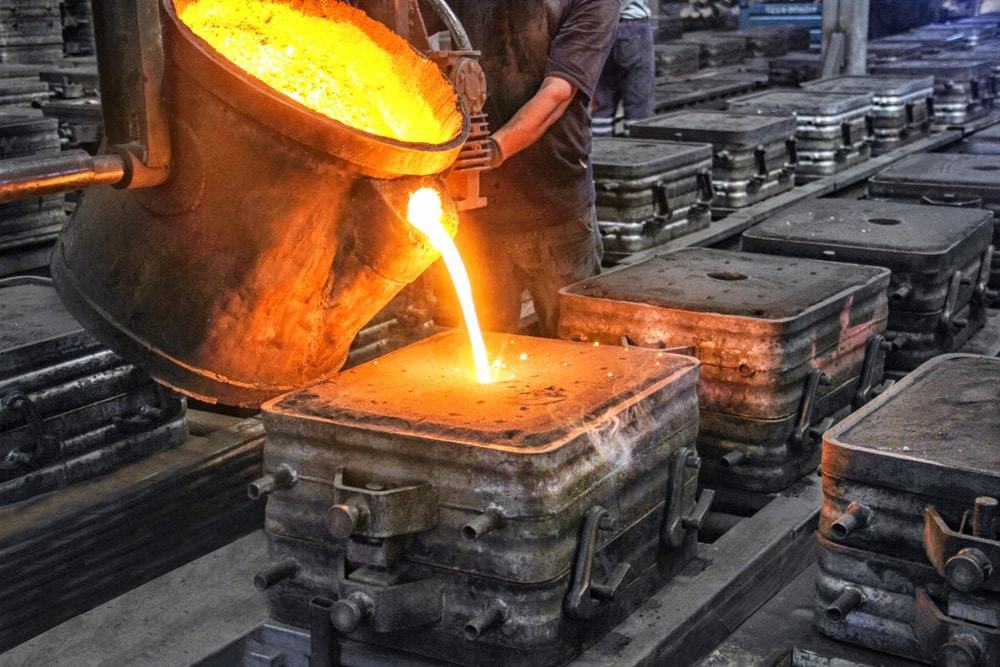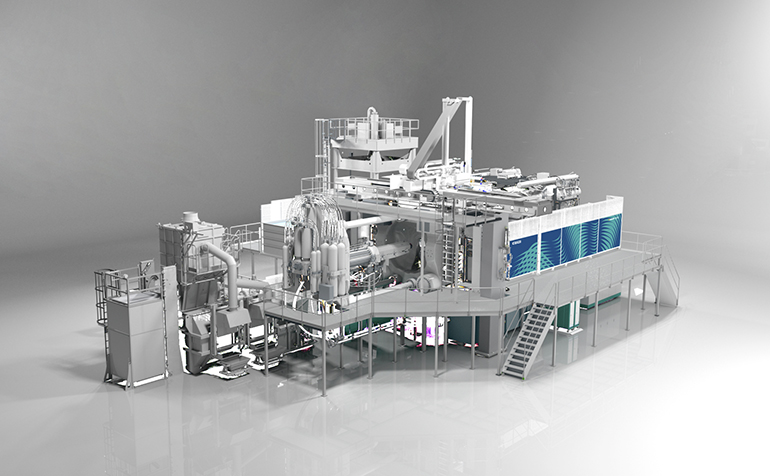
Die casting is a versatile and widely used manufacturing process known for its efficiency and precision in producing complex metal parts. This article aims to provide beginners with a fundamental understanding of die casting, covering the process steps, raw materials, equipment involved, and general applications.
The die casting process begins with the creation of a mold, often made of steel, with two halves that form the desired shape of the final product.

The chosen metal, typically aluminum, zinc, or magnesium, is melted in a furnace. Once molten, it is injected into the mold under high pressure, filling the mold cavity.

After the mold is filled, the molten metal is allowed to cool and solidify, taking the shape of the mold.
Once the metal has solidified, the two halves of the mold are separated, and the finished product is ejected. Any excess material, known as flash, is trimmed off.
Known for its lightweight and corrosion-resistant properties, aluminum is a popular choice for die casting, especially in industries like automotive and aerospace.
Zinc die casting offers excellent dimensional stability and is often chosen for its ability to produce intricate shapes with tight tolerances.
Magnesium die casting is valued for its lightness, making it an ideal choice for applications where weight reduction is crucial.

This machine is the heart of the process, exerting high pressure to inject molten metal into the mold. Machines come in various sizes, accommodating different production needs.

Furnaces are used to melt the chosen metal, ensuring it reaches the required temperature for the die casting process.
Precision molds are essential for achieving accurate and consistent product shapes. Molds can be single-cavity or multiple-cavity, depending on production requirements.

Die casting is employed across various industries due to its ability to produce complex and high-quality parts with excellent surface finishes. Common applications include:
Engine components, transmission parts, and structural elements.
Housings for laptops, smartphones, and other electronic devices.
Parts for heavy machinery, tools, and equipment.
Decorative and functional components for lighting applications.
In conclusion, die casting is a dynamic manufacturing process that offers precision, efficiency, and versatility. Understanding the basics of the die casting process, the materials involved, the equipment used, and its wide-ranging applications is a crucial step for those new to this manufacturing method.
If you have further inquiries or wish to explore how die casting can benefit your specific manufacturing needs, please feel free to contact us.